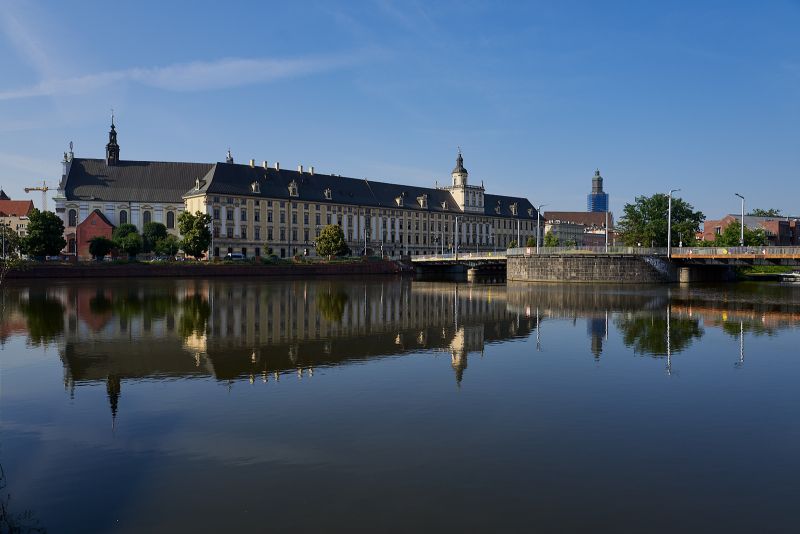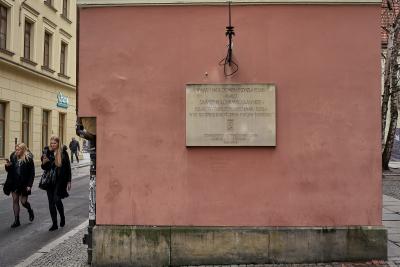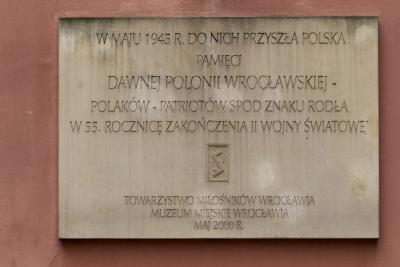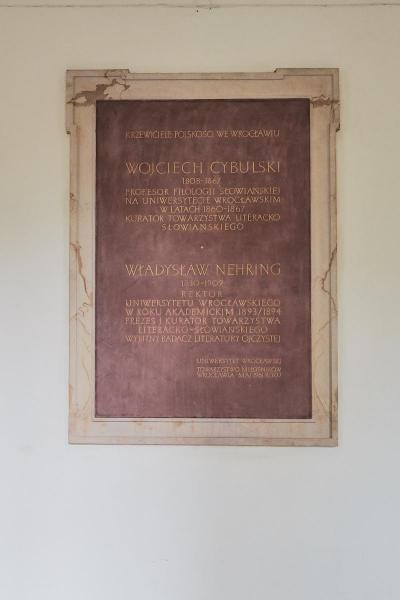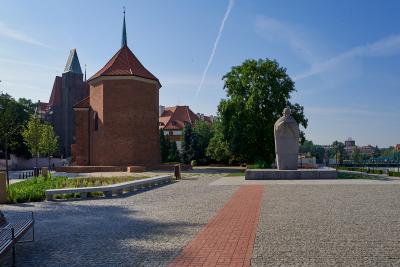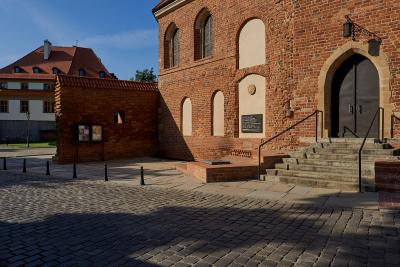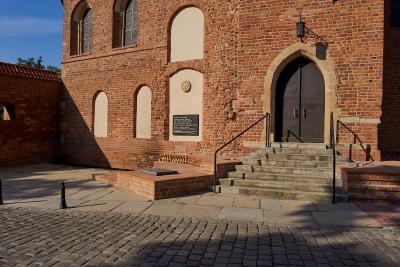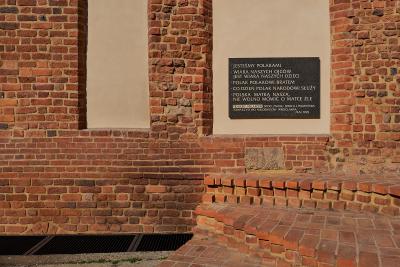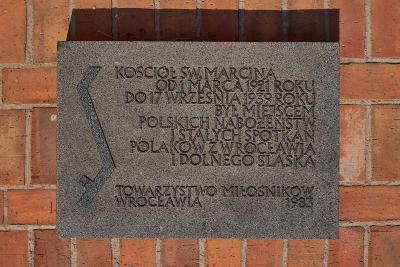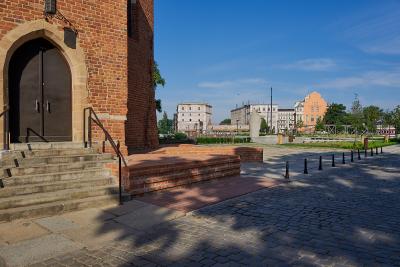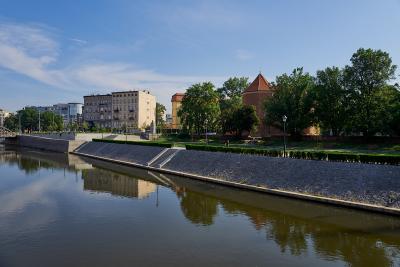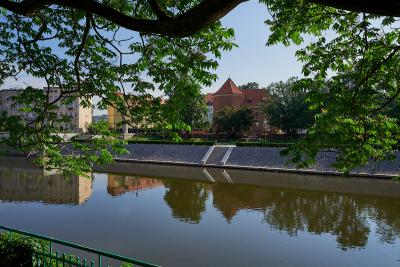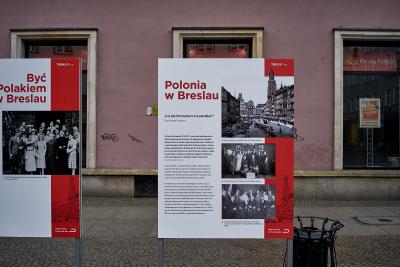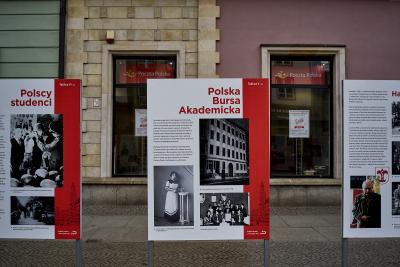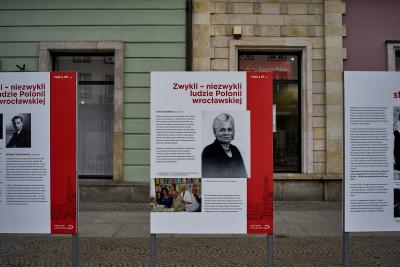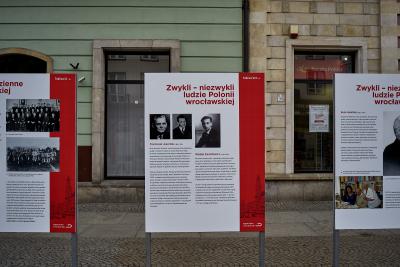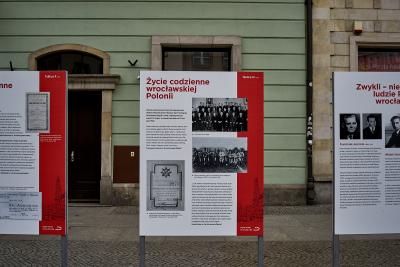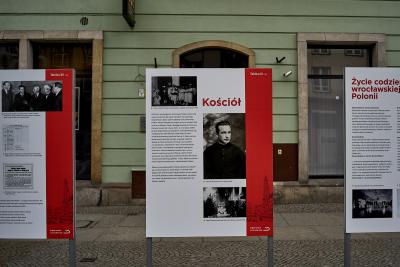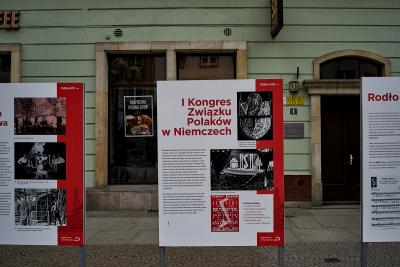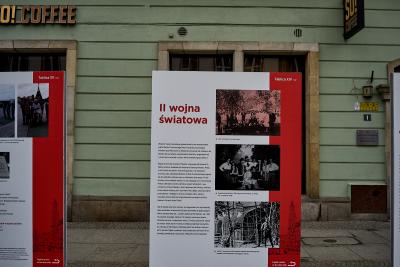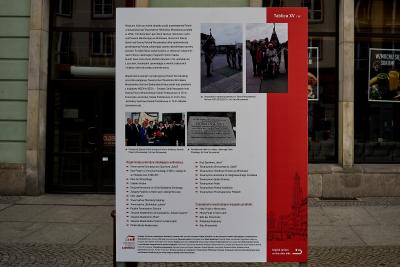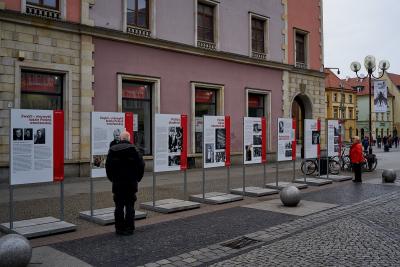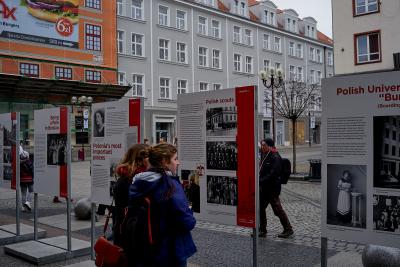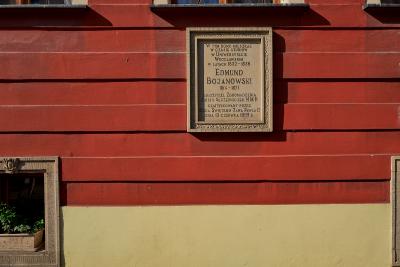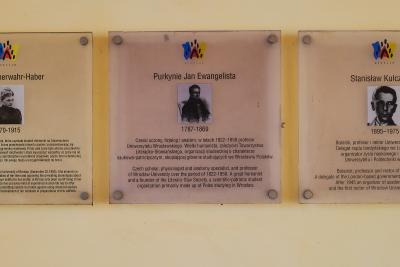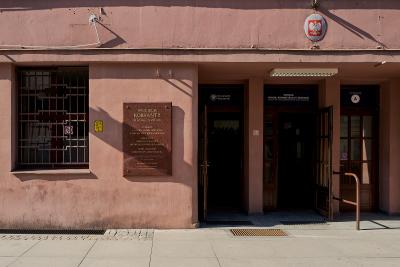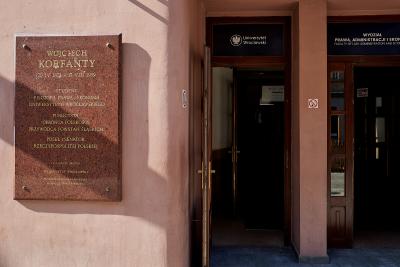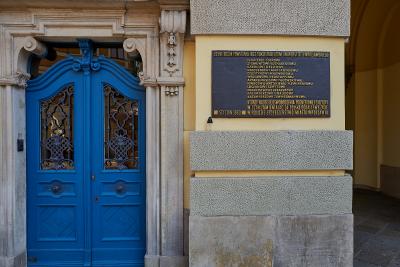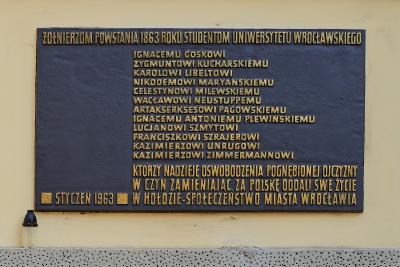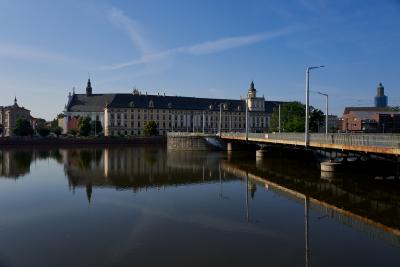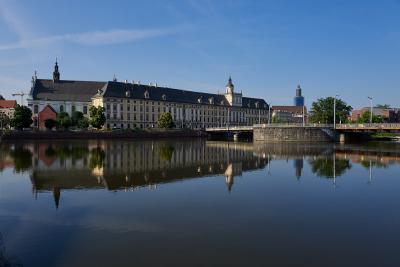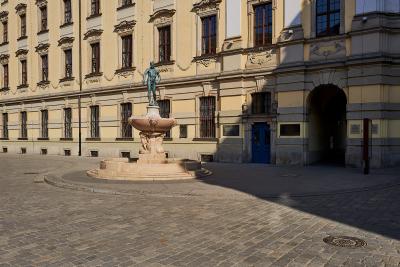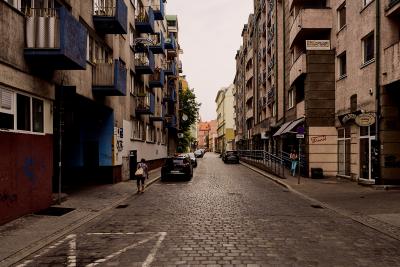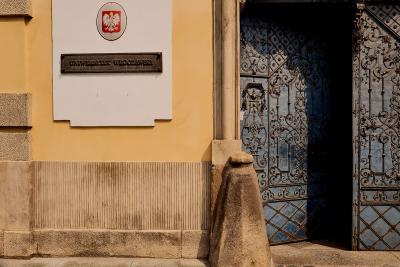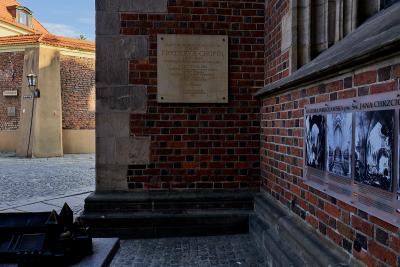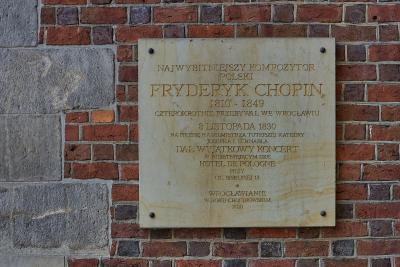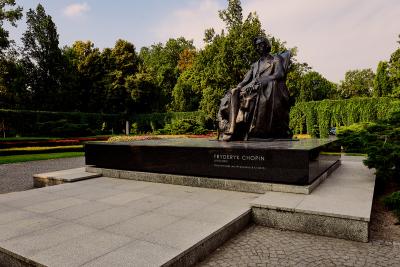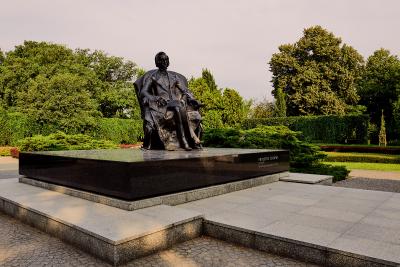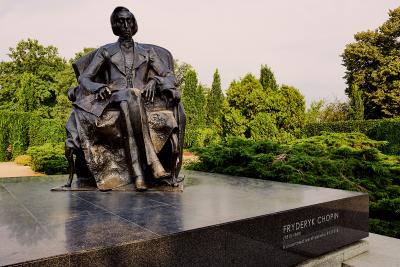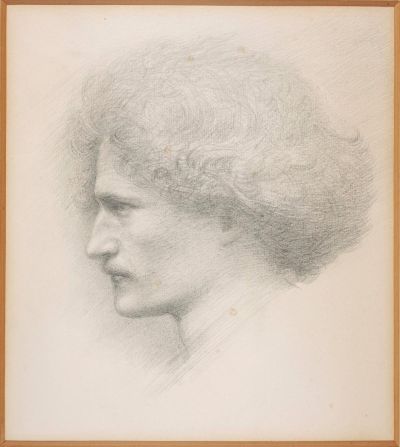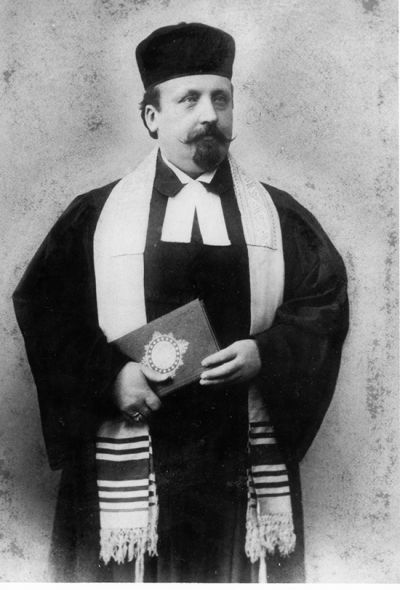Poles in Breslau (until 1939)
Mediathek Sorted

The city of migrants
In the 19th century, the paths of Polish migrants crossed from East to West via Wrocław. Amongst the migrants were people who had been involved in national uprisings and members of other conspiracy organisations directed against the partitioning powers. Demonstrations were organised and held in Wrocław and arms transfers were prepared. Many of these Poles stayed in the city for longer periods.
During the Spring of Nations, the Poles in Wrocław supported the democratic forces and the Polish flag hung on the university building at the time. In May 1848, a large Polish political congress was held in Wrocław in which Poles from the three partitioned territories participated. Wrocław was selected to host the event because of its good rail connection and emergency precautions were taken by the police. Around 300 “born revolutionaries” were driven out of the city and deported to neighbouring Saxony. In the years that followed, the police continued to monitor the Polish environment.
The German inhabitants of Wrocław did not always welcome the Polish political activities. They were increasingly perceived as a threat to German unity, the state and the nation. This negative attitude had already been demonstrated during the uprising in Wielkopolska in 1848. At the beginning of the 1860s, demonstrations were held again and, during the January Uprising of 1863, Wrocław once again became a central figure in the conspiracy. Polish craftsmen and students from Wrocław took part in the uprising, which was also reported on by the Wrocław media. A representative of the insurgent national government remained in the city.
















































































